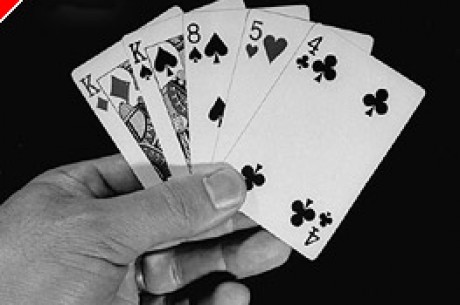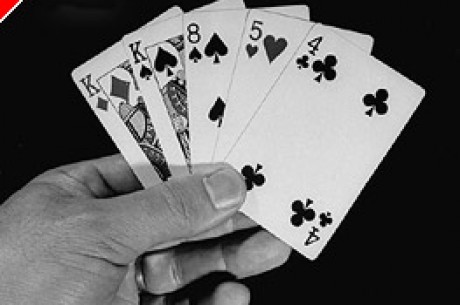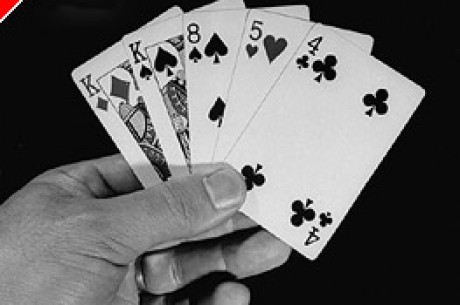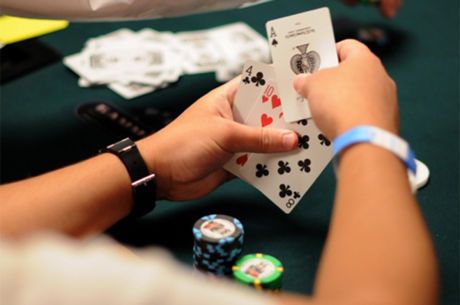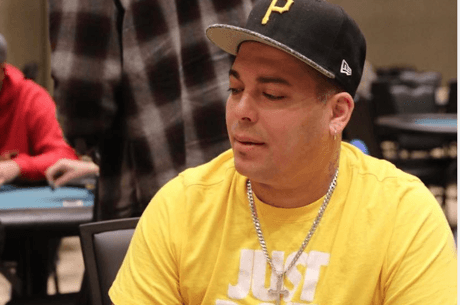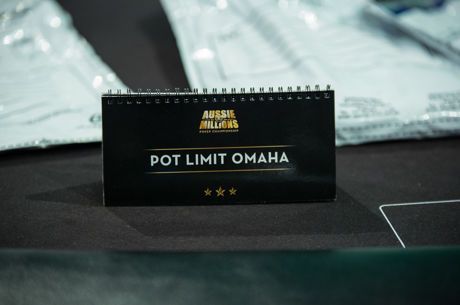Talking Omaha - A Change May do you Good
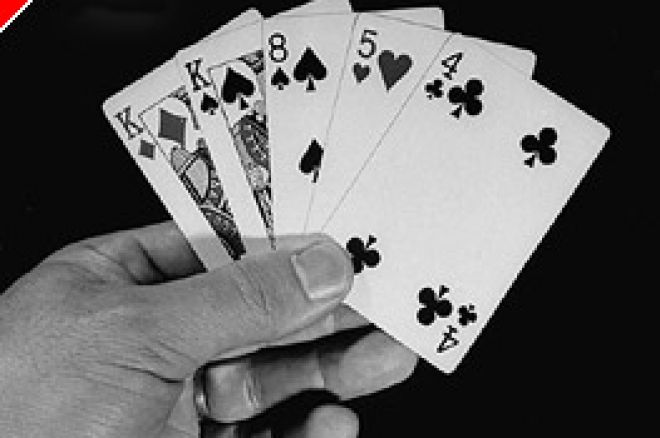
Tony is a regular on-line and card room player living in England. He mostly plays Texas Hold'em and Omaha (High and Hi/Lo) at fixed, pot and no limit, at both cash and tournament tables.
Playing poker is a lot like playing golf; the minute you think you have it licked, it comes back to bite you where you don't like it. In poker's case, that usually results in a chunk taken from your bankroll that you had a few days earlier been building up in regular layers, brick by brick.
Runs of confidence, streaks of good fortune, the deck hitting you square in the face, plain good use of skill, downright bad opponents; all these things can be said to contribute to a profitable run. I recently spent ten consecutive sessions on-line playing Pot Limit Omaha High or Hi/Lo (whichever took my fancy at the time) and coming away with a profit, either modest or very decent. Each session was short, between half an hour and no more than two. I do it this way to help confidence, and to avoid getting stale at the table. How often have I made a big early profit only to spend three times as long getting nowhere and usually dropping dollars? I've lost count, so I try to judge when the table profitability has flattened out, and leave.
Ten consecutive sessions, entering low stakes pot limit games with $100 each time. The subsequent two sessions saw me blow both lumps clean away. In retrospect, there was some tired play in there but it is also true that my luck ran cold when I was in a big pot, ahead on percentages. The cards didn't fall kindly.
So, I did what I normally do when a good run takes a hit; take some time out at a limit stakes table, where I know I'll be up against some suspect strategies and some play with no strategy at all. At the same time, I won't get my bankroll knocked across the field by a bad card helping someone who should not be in the pot!
Sure enough, by taking care not to play a pot unless my cards showed great promise, I built profits surely and regularly, albeit in a slow way. This was at a Hi/Lo table which I find more satisfying at fixed limit rather than pot limit (the opposite is true for Omaha High - must be something to do with the excessive numbers of beats that seem to occur at Hi/Lo in a big pot!).
The good thing about reverting to fixed limit after a long stint at pot limit, is that it all seems so safe, the swagger returns and you start to take charge of the table. So confident did I feel, I thought I would open a second limit table. Just to test my brains further, and to question my own sanity, I opened the second table at Omaha High. This would require a little bit of concentration and surprisingly, I found this did sharpen the mind up when it came to playing particular hands.
Playing more than one table does result in the occasional "zzzzzzzzzz" from opponents while you ponder a decision at the other table, failing to realise you are next to act on table 2. Getting "auto sat out" is an occupational hazard, but theoretically, you should increase your return per hour if your games are on song.
I have two 17" flat screen monitors linked so that I can move mouse pointer and windows between the two. It also makes playing multi-tables bearable, with one on each monitor. If you are going to do something that increases your risks, always make certain your tools are fit for the job.
Of course it always helps to have some poor players on your tables. No amount of technology will help if you are playing a table full of Omaha sharks! Preparation includes choosing the right composition of opponents to suit your game.
Last night I had a nice little session with a $0.5/1 limit Hi/Lo table on one screen and a $1/2 limit Omaha High table on the other. Although the hi/lo table was half the stakes of the high table, I made twice the money on that one! I was helped by having an opponent who made it his policy to raise pre-flop and often post flop. It seemed as though his modus operandi was to bolster the pot just in case he hit the jackpot. Not surprisingly, his stack declined slowly over the session while decrying as lucky anyone who happened to hit their draws. More players like that please, poker gods!
The stakes may have been low, but I still cleared $70 from that session of little more than an hour. Even if you are not yet comfortable with your own game to venture into pot limit territories, there is a steady income to be made at the right sort of limit tables.
As so often is the case at Omaha, whatever the variation of game, you will pick up some handsome pots when you have the nuts or a handful of nut draws and you have four of five players calling and betting because they have something useful or, more often, just the hint of something useful. In other words, at limit stakes, so many players play in hope rather than expectation because of the apparent cheapness of the bets they have to make to see the next card. This is especially true at Hi/Lo because of the old weakness of chasing half the pot. My good friend, the compulsory pre-flop raiser, might as well have shouted out his hand because he raised and re-raised at every stage if he held the nut low hand, completely fearless or oblivious to the possibility he might find himself quartered.
The moral of the above muddled tale has to be, I suppose, that a change is as good as a rest. Poker is a game of streaks quite often. Luck variation plays a part in anyone's game, even the top pros. If you don't like what has happened and you take a blow to your confidence, try something different. Don't be concerned about "regressing" to limit play if pot or no limit has been your staple diet. Good steady money can be made there. If it helps steady the ship, it has to be a good thing.
TB
3-2-06
Ed note: Doyle plays Omaha at Doyle's Room

